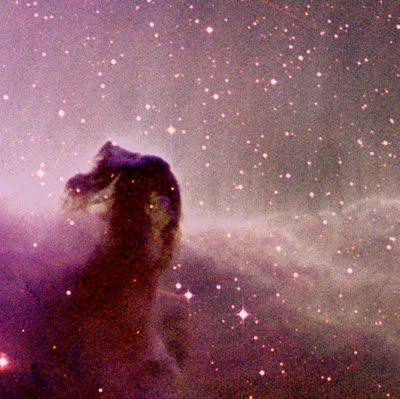Dark nebulae are definitely different objects than those of standard nebula, which is usually observed, which fascinate with their colors on astrophotography. These are dense clusters of interstellar dust due to which we can not see the stars or nebulae behind them. Visually looks like a "hole in the universe" - in fact, sometimes they even thought that the holes formed because there is missing material from which they formed a cluster, such NGC 6520 and B 86.

Many of them are large enough to be seen with the naked eye, but only at the dark sky. One indicator of the quality of the sky is the Dark Horse Nebula and its rear part, the Pipe Nebula. Nearby is a popular object for astrophotography, Snake Nebula. Coalsack is also easy to spot, but unfortunately it is located on the southern sky.Lots of Barnard's dark nebula's, although not as obvious as these have already mentioned, are located near an open cluster M11.
Dark nebulae are non-illuminated nebula, and can be detect when they obscure a star or other nebula. The most famous of them are Horsehead Nebula in Orion and the Coalsack Nebula in the Southern Cross.
